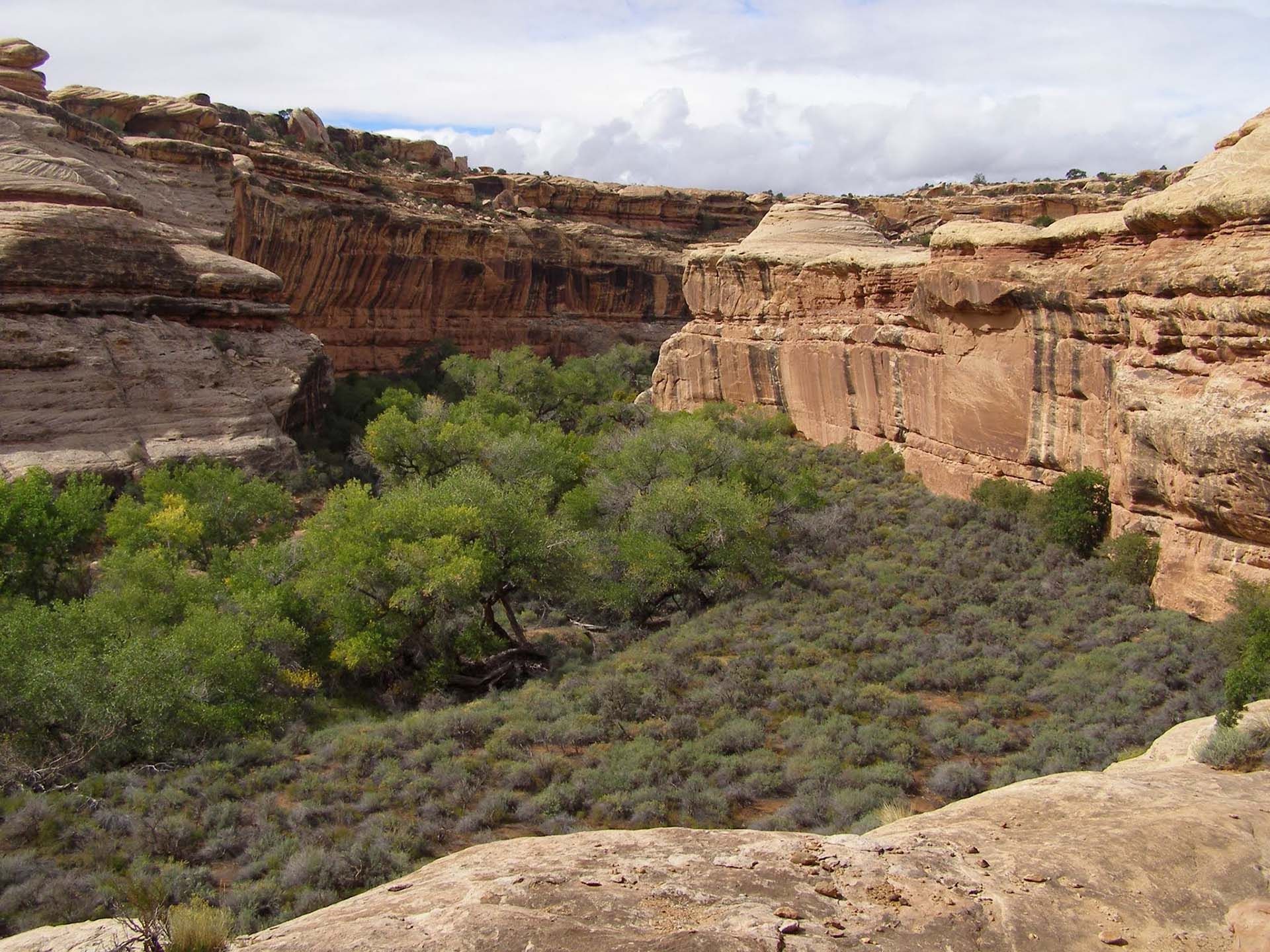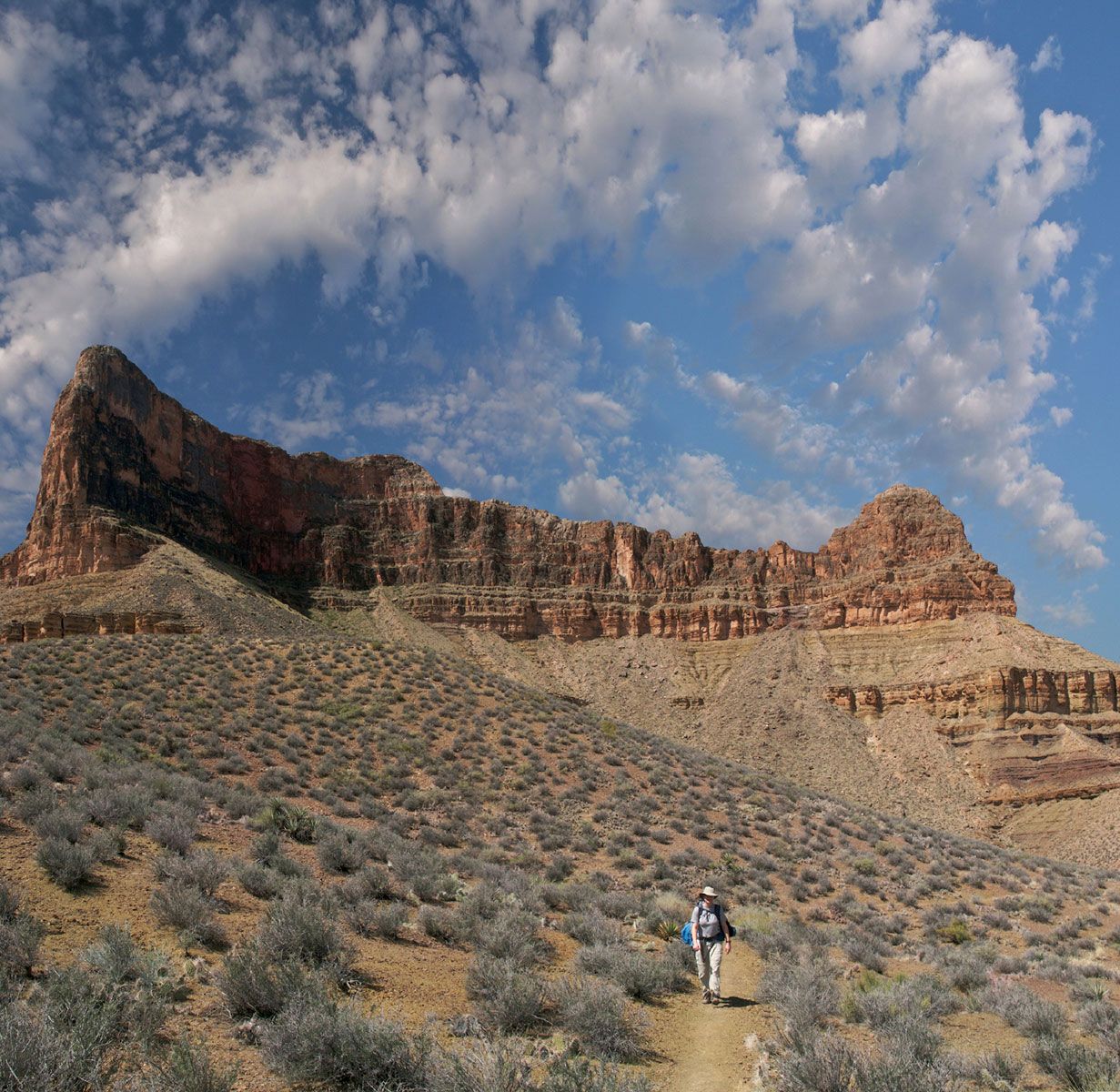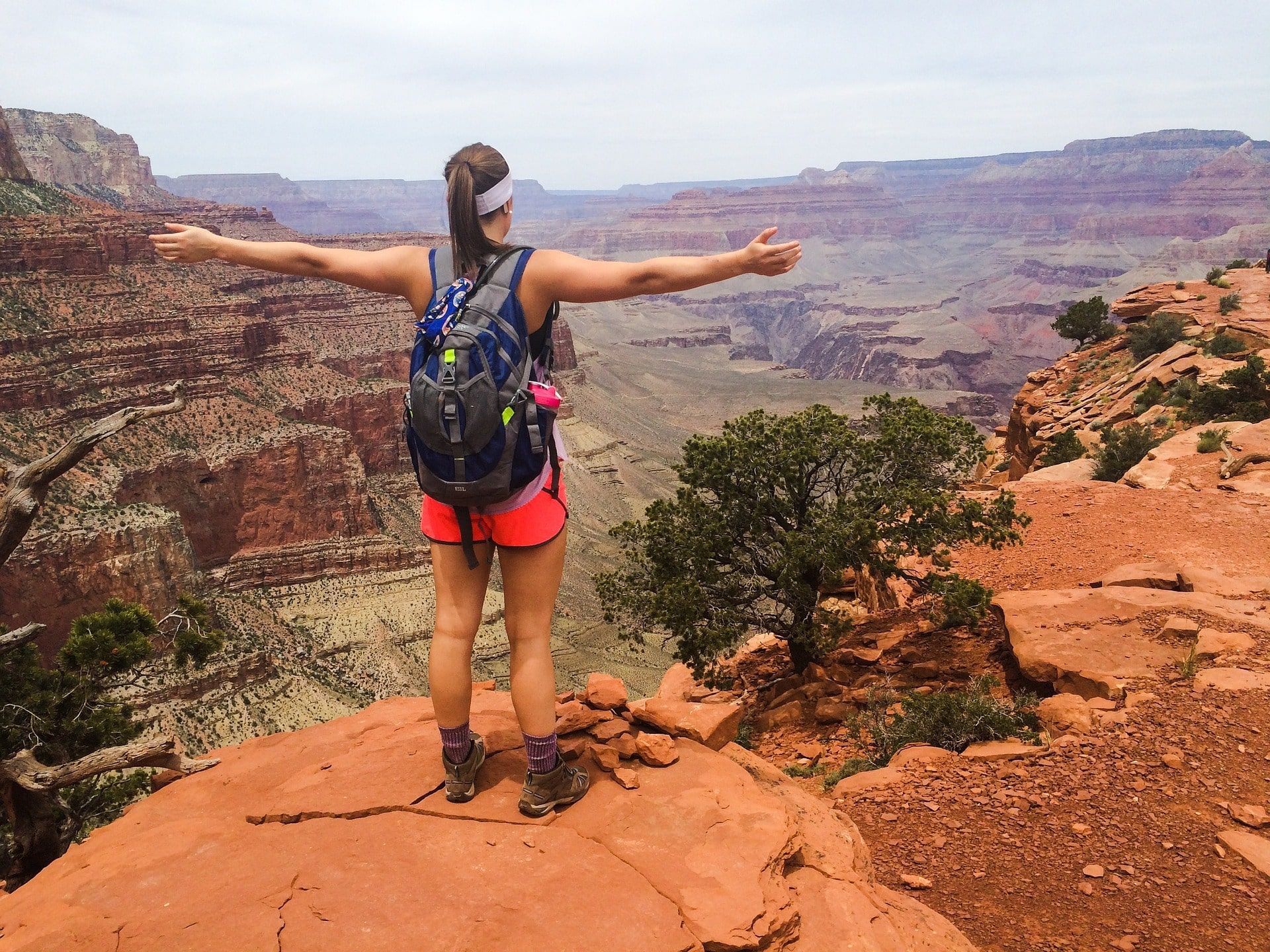📷 Snap, Share, Win! Join Our Photo Contest Today for a Chance to Capture Amazing Prizes!
Yosemite Packing List
Once you have picked your Yosemite Backpacking Trip, it's time to start thinking about what clothing an gear you are going to need. Your trip with Four Season Guides is sure to be one you never forget, but a big part of having lots of fun is being well prepared! Even though we provide the camping equipment essentials, there are a few things we want to be sure you don’t forget. *This packing list is for the summer months (June through early September). Trips outside of this timeframe might require more warm layers.
Personal clothing:
- Hiking boots or shoes: Well broken-in and appropriate for backpacking.
- Sandals or flip-flops: These are for camp comfort after a long day of hiking.
- Lightweight long pants/trousers: For sun protection and warmth during cooler parts of the day.
- 1 or 2 pairs of shorts: synthtic and quick-drying is best
- 2 tee shirts: cotton is great for warm weather hiking, nylon/synthetic is best for early & late season trips.
- Hooded, long-sleeve sun shirt: this can substitute for 1 tee shirt
- Midweight long-sleeve baselayer: wool or synthetic
- Long underwear: 1 pair of midweight synthetic or wool bottoms
- Down Jacket or synthetic insulated jacket: for early morning and evening warmth
- 2 or 3 pairs of hiking socks: Synthetic or wool is best. No cotton socks.
- Rain shell: waterproof, lightweight, & breathable
- Waterproof pants/trousers: if the forecast is prediciting significant rain
- Hat: to keep the sun off of your face
- Sunglasses
- Warm hat
- Gloves/mittens: 1 pair of wool or fleece
- Fleece pants: consider these for trips in September or those exceeding 10,000 feet in elevation
The daytime temperatures can be warm, reaching into the 70’s or even the 80’s, with the night temperatures dropping near freezing. It’s best to be prepared for both warm days and cool nights. Dressing in layers is the key to warmth and comfort.
Keep in mind that the time of year and specific weather forecast will ultimately determine what clothing you will need. Don’t assume that you will not need some of the items and risk not having them when necessary. If you are concerned that you will never use certain clothing/gear again, consider leaving the tags on your newly purchased items and you can always return them unused if not needed. The key to being comfortable and happy in the backcountry is to have everything you need.
Personal Gear & Toiletries:
- Water bottles/hydration bladder: Each participant must be able to carry 3 liters of water. If you choose a 3-liter (100oz) bladder, you should consider also having a water bottle. It’s more convenient to drink from while hanging out around camp.
- Headlamp: with new batteries
- Camp pillow (optional): Lightweight, packable camp pillow available at camping stores. Consider an inflatable version. This is more of a luxury than a necessity. Many folks prefer to use extra clothing inside a small stuff sack.
- Pack Towel: Small lightweight face cloth
- Sunscreen (SPF 30 or higher)
- Toothbrush and toothpaste (travel size)
- Lip balm
- A small packet of tissues
- Feminine Hygiene Products
- Personal medication: (ibuprofen, antihistamine, antacid, etc). If you suffer from severe allergic reactions, you should bring an Epi Pen.
- Insect repellant & mosquito head net
Gear We Provide:
- Backpack : a minimum 60-liter capacity backpack, fully adjustable to fit all heights
- Tent: a 1- or 2-person top-of-the-line backpacking tent
- Sleeping bag: appropriately rated for the forecast low temperatures
- Sleeping pad: Thermarest-brand inflatable pad plus a closed-cell foam pad
- Trekking poles
- All necessary cooking/eating gear: bowl, cup, utensil (your guide will prepare all meals)
- Bear cansiter
- Group first-aid: your guide is a trained and certified Wilderness First Responder
- Water purification
You are welocme to bring any of your own gear, as long as we are notified in advance and approve the gear. Backpacks must be a minimum of 60-liter capacity. Sleeping bags must be appropriately rated for the forecast low temperatures. Tents should ideally be free-standing, unless you have considerable experience pitching your non-free-standing tent or tarp.
Four Season Guides, 506 N Grant St suite o, Flagstaff, AZ 86004, United States
+19285251552
35.19653980, -111.62000560
Read More
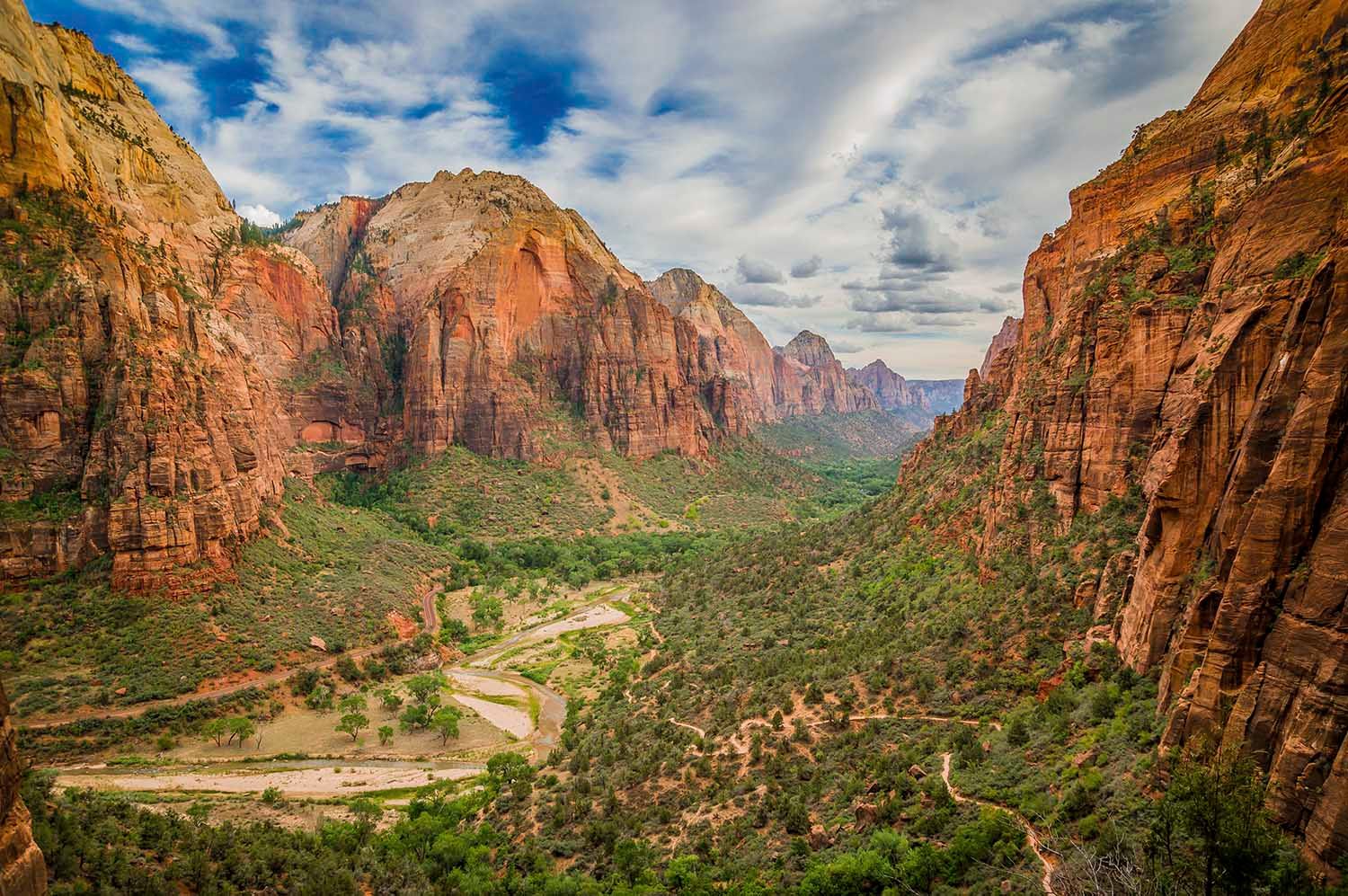
The 5 Best Hikes in Zion National Park
Nestled in the heart of the southwestern United States, Zion National Park stands as a testament to the raw beauty and grandeur of nature. With its towering sandstone cliffs, lush river valleys, and abundant wildlife, Zion offers a hiking experience like no other.
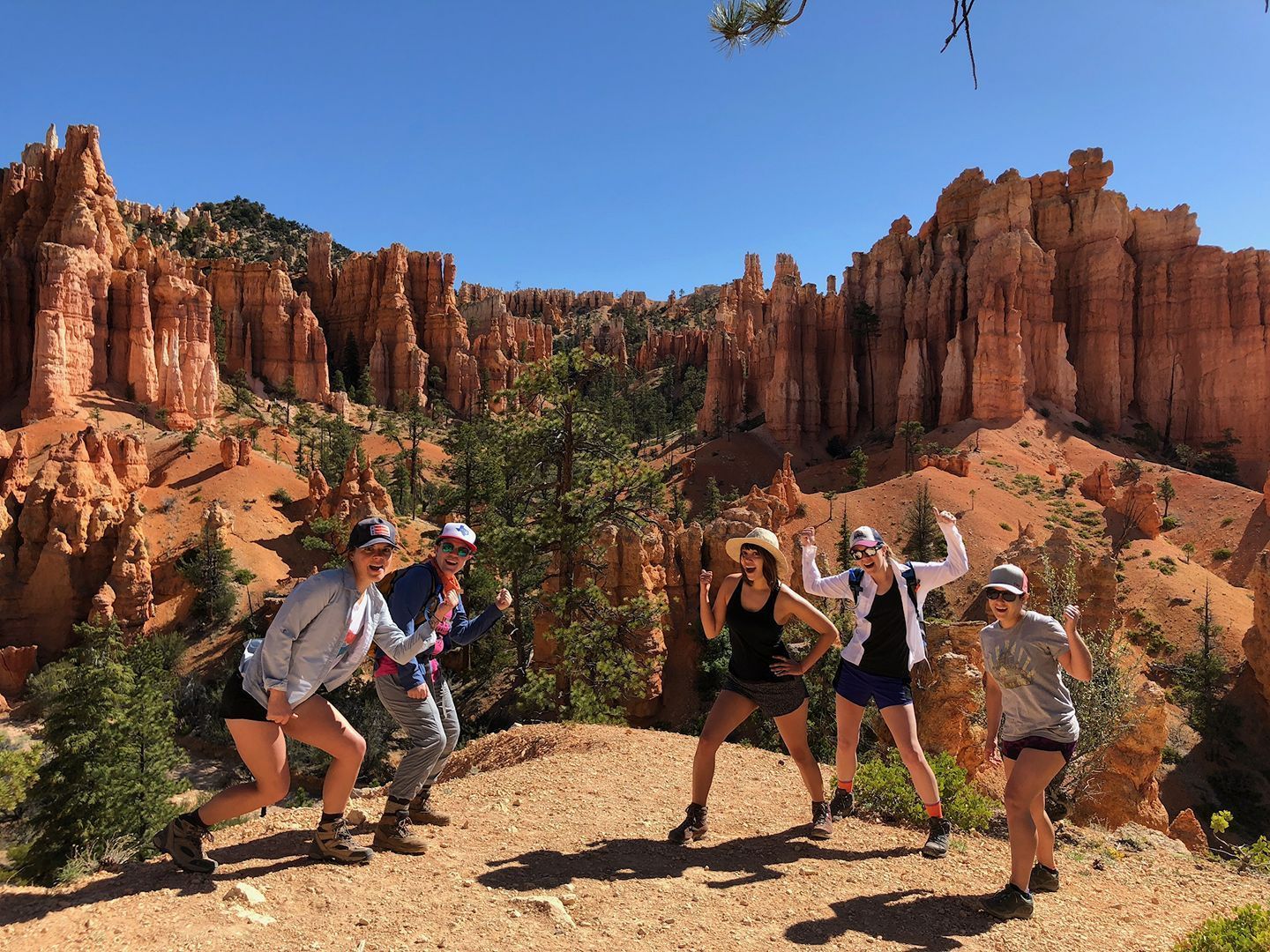
Best Hiking Trails in Bryce Canyon National Park
Bryce Canyon National Park, renowned for its otherworldly landscapes of crimson-colored hoodoos and vast natural amphitheaters, is a hiker’s paradise. Here are the top three hiking trips within the park that promise unforgettable adventures amidst its unique geological wonders.
Wake up and Smell the Wild Coffee
As the sun peeks over the horizon, your wilderness adventure deserves more than just a bland morning wake-up call. It deserves the symphony of a coffee-making ritual amidst the great outdoors. Buckle up, coffee lovers! This guide isn’t just about brewing; it’s about creating a caffeinated masterpiece in the wild.
A Behind the Scenes Look at the Allure of Sedona, Arizona
Welcome to the enchanting world of Sedona, Arizona – a haven for nature enthusiasts, adventure seekers, and those captivated by the unique allure of red rock formations. Nestled in the heart of Arizona, Sedona is celebrated for its breathtaking landscapes, vibrant energy, and a plethora of outdoor activities.
The 5 Best Hikes in Zion National Park
Nestled in the heart of the southwestern United States, Zion National Park stands as a testament to the raw beauty and grandeur of nature. With its towering sandstone cliffs, lush river valleys, and abundant wildlife, Zion offers a hiking experience like no other.
Ready to Book Your Adventure?
PHONE: (928) 525-1552
Email: info@fsguides.com
Destinations
Planning Your Trip
About Us
Reserve A Trip
Quick Links
Activities
Sign Up For Our Newsletter
Newsletter
Thank you for signing up for our newsletter! We’re excited to keep you updated with the latest news, tips, and exclusive offers.
Please try again later.
All Rights Reserved | Four Season Guides
Website Development by ResmarkWeb

